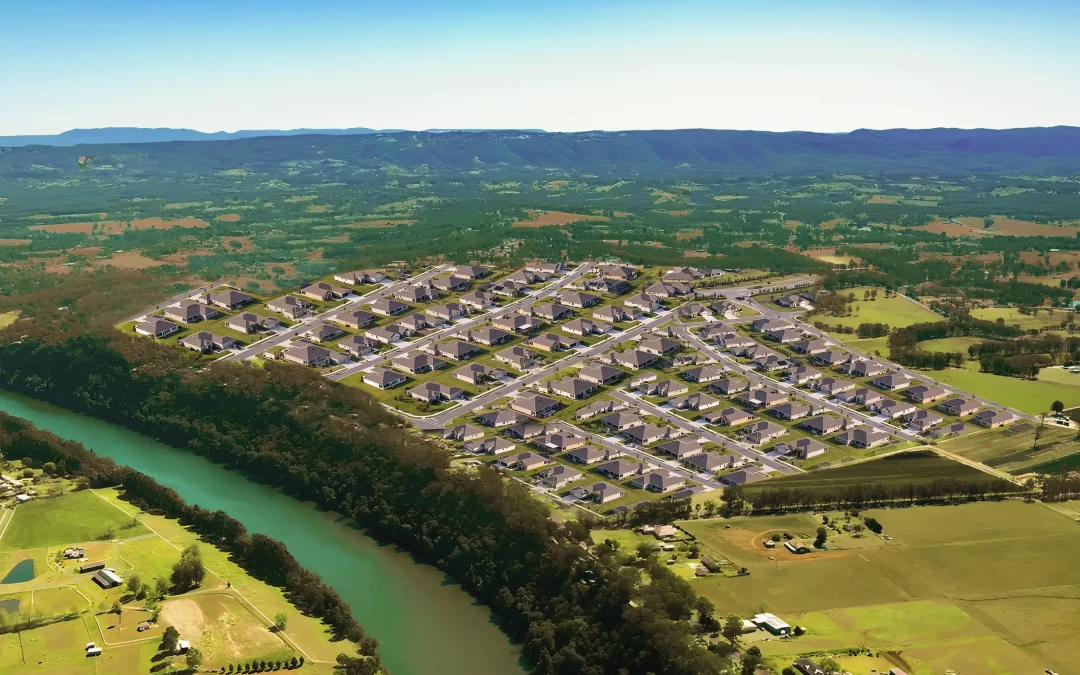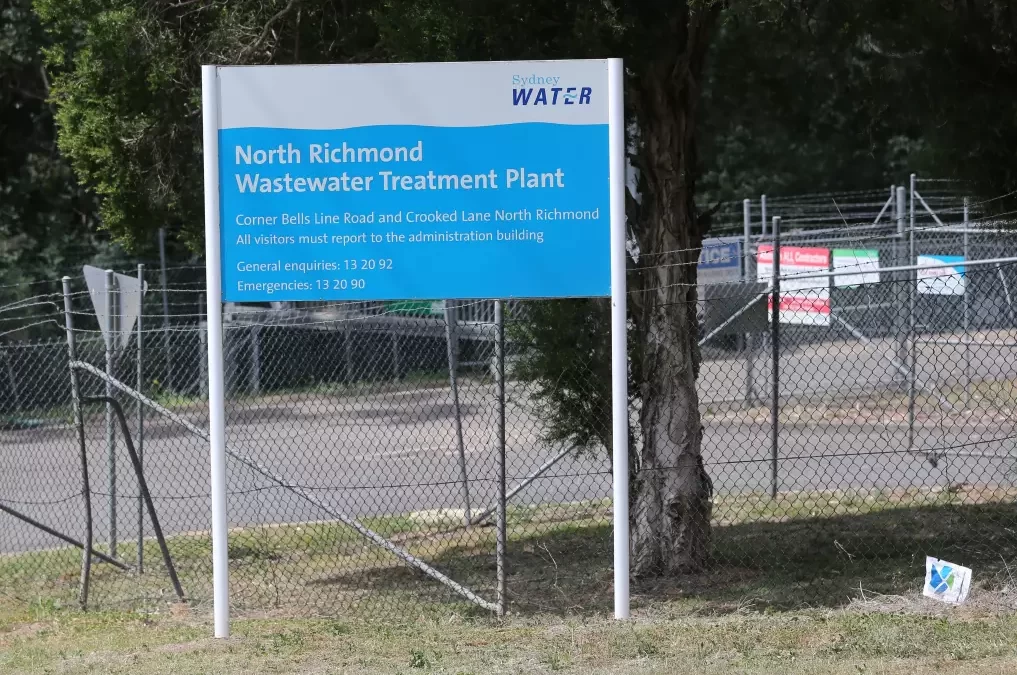Stylecraft & Co., approaching...


Stylecraft & Co., approaching...

An unprecedented surge in development west of...

Hawkesbury City Council has stated it is not responsible...
Michael Sainsbury
There is rising concern in the Hawkesbury about the real extent of contamination of toxic PFAS chemicals from the Richmond RAAF base and the potentially devastating human cost from the substances.
Two Pfas class action law suits were settled by the Commonwealth government in the past week however these only relate to land values and do not address the human cost of Pfas.
Yesterday 400 First Nations residents in Wreck Bay, near Jarvis Bay on the NSW South Coast secured a $22 million in a Pfas suit relating to land values and cultural destruction.
This follows last week’s $132.7 million Pfas class action settlement with the Commonwealth by 30,000 people who live near eight military sites in Australia, including Richmond.
There are now three settlements after a 2020 $215.5 million payout for residents near three other military other sites where the chemicals had been used. But all the settlements, so far, were only for landowners and covered the effects of property valuations – and in the case of Wreck Bay cultural destruction.
For the Hawkesbury the settlement was for an area that now appears to be far smaller than the broader area of contamination around the Richmond base.
“I do note that unless you are a landowner, you weren’t eligible to be part of the class action, so there are people in the Hawkesbury who are excluded,” Federal Member for Macquarie Susan Templeman told Hawkesbury Post.
The elephant in the room remains effects of the chemicals on humans. A two -year investigations by Nine newspapers, Stan, iKandy Films and Shark Island Foundation have shown abnormally high levels of cancer and other diseases – including effects on the development of children – that may be caused by the chemicals in the Jervis Bay region.
This clearly has implications for all other areas – including the Hawkesbury where the chemicals have been found.
It found that Jervis Bay had “the second-highest percentage of years of life lost prematurely in Australia in the years 2014, 2018 and 2020. In those years, it was eclipsed only by the remote Northern Territory regions of West Arnhem and Barkly respectively.”
The investigations findings, which were previewed in the Nine newspapers last week, will be revealed in full in an upcoming Stan documentary.

There has been little or no information for Hawkesbury residents beyond the testing carried out by Defence in 2017/2018 including what, if any testing has been done since – especially following the serial floods of seven years that could have seen the chemicals spread further. In the Hawkesbury there are no public signs to identify Pfas area.
The Department of Education was forced to abandon a planned Centre of Excellence for Agriculture Education at the Western Sydney University Hawkesbury Campus after PFAS was found on the site.
The department claims the contaminated was due to landfill rather than water seeping from the RAAF base. But the NSW Environmental Protection Authority appeared to contradict this.
“The NSW Environment Protection Authority (EPA) is looking into per- and poly-fluoroalkyl substances (PFAS) at the site of the University of Western Sydney Hawkesbury campus after PFAS was detected above the relevant National criteria in groundwater and soil.” the EPA said in response to questions from the Hawkesbury Post
“The extent of contamination and any potential impacts on adjacent properties is being investigated”.
Templeman has promised a briefing for residents “as soon as I can organise it.”
“The issue of PFAS contamination remains of concern on and around the RAAF Richmond Base,” she said. “There has been no update on the clean-up since the floods, and I think it’s reasonable to expect updated information, as per the commitments by Defence,” Templeman said.
“One of the commitments that was made to the community by Defence was for monitoring of the pace at which PFAS is leaving the Base, and we need to know what that monitoring is showing.
“I’ll be facilitating a community update in coming months, so we can all understand the current situation. I look forward to the Assistant Minister for Defence, Matt Thistlethwaite, being part of that community update,” she said.
PFAS, a collection of per- and poly-fluoroalkyl chemicals are also known as “forever chemicals: due to their inability to break down, remain in a wide range of everyday items. These include Teflon used in non-stick cookware and elsewhere, food packaging, clothing, Scotchguard and make up. This means that low levels of the chemicals would be found in the blood of all Australians.
But the major concerns in Australia at present remain around the use of PFAS in firefighting foam used across all parts of the military, as well as civilian firefighting services in urban and rural areas where such foams have been used regularly for fire drills over decades.
Both the United States and European Union have concluded that exposure to high levels of PFAS may harm human health by increasing the risk of some kinds of cancers, suppressing the immune system, raising cholesterol, decreasing fertility, interfering with hormones and causing developmental effects in children.
Yet Australian environmental and health authorities are lagging behind their counterparts in developed nations overseas.
In 20202 the European Food Safety Authority (EFSA) said there was “robust” evidence that PFAS suppress the immune system in humans and animals
In the US, there are now thousands of PFAS lawsuits underway. Indeed, in 2017 chemical maker Dupont made a payment of $US671 million ($1 billion) on behalf of more than 3500 plaintiffs exposed to PFA.
Last year, the United States EPA last year ruled there was no safe level of the chemicals in drinking water.
“Levels at which negative health effects could occur are much lower than previously understood,” the agency said. “Some negative health effects may occur with concentrations … below EPA’s ability to detect.”
Last week, Prime Minister Anthony Albanese noted in his comments that his biggest concern was the health outcomes of people who are affected by PFAS.
“I share those concerns and there are many sites locally, that are not Defence sites, where PFAS has been used and will likely still be present, Templeman said. “We recently saw the example of Western Sydney University identifying PFAS on a section of land.
“We also have firefighters who used the chemical as part of their work who are understandably wanting to see more done on this matter,” she said.